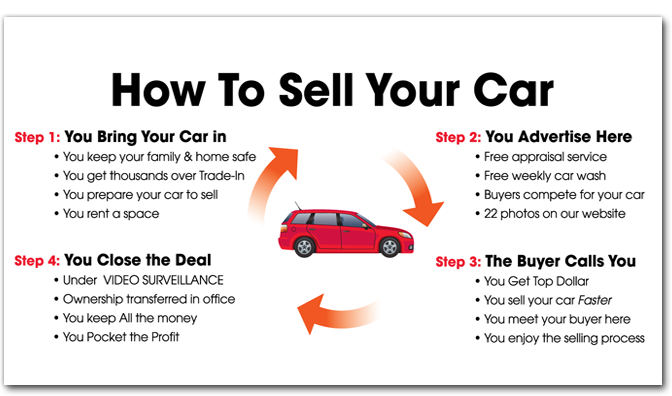What to Pay attention for While the Test Drive of a Pre-Owned Vehicle
In the realm of purchasing a used car, the test drive is a critical steps in the buying process. It doesn't just enable you to assess the vehicle's performance and comfort and also helps you identify potential issues that may go visible during an initial inspection. As the market for used cars changes, understanding what to look for during a test drive can aid you in making a confident decision and avoid getting ripped off.
During your test drive, you should focus on various aspects of the vehicle, such as handling, acceleration, and any unusual noises. Understanding how the car feels on the road will give you important insights into its overall condition. Additionally, this is the perfect opportunity to test out features like brakes, steering, and technology to ensure everything functions correctly. Being thorough and observant will serve you well in ensuring that you find the right used vehicle for your needs.
Crucial Aspects During a Test Drive
Once you test a used car for a test drive, start by assessing its performance in standard driving conditions. Observe the speed increase, braking, and steering response. A gradual acceleration and stop response without any unusual noises are good signs. Ensure https://yamcode.com/ feels steady and that the vehicle stays aligned without drifting. Pay attention to how the car responds to bumps and turns, as this can indicate the health of the suspension system and tires.
Next, assess the interior comfort and features. Examine the seat comfort and overall cabin space to confirm it meets your preferences. Test all controls, including the air conditioning, audio system, and navigation if available, to make sure they function correctly. Additionally, inspect the line of sight from the driver’s seat and how quickly you can access rearview mirrors. This will help you assess if the car is not only functional but also a good match for your daily use.
Finally, listen for any strange sounds that could point to potential problems. Pay attention to the sound of the engine, shifts, and any sounds during turns or stopping. Take the time to drive the car at different speeds and on different road surfaces. If feasible, try both highway and city driving conditions. This detailed inspection can reveal undetected issues and give you a clearer picture of whether the car satisfies your expectations before making the purchase.
Understanding Vehicle History and Records
As considering a used car, getting a thorough vehicle history report is important. This report gives details into the car's background, such as incident history, title status, odometer readings, and service records. Platforms like Carfax or AutoCheck can produce these reports using the vehicle identification number (VIN), permitting you to see any red flags that could indicate potential problems down the line. By inspecting this information, you can make a far more informed decision and avoid vehicles that may have hidden issues.
Along with the vehicle history report, it's crucial to check the records associated with the car. This consists of the title, registration, and any warranties that may still be in effect. Ensure that the title is clear and not branded (such as salvage or rebuilt), which could influence your ability to predicament or resell the vehicle later. It's also advantageous to verify how many previous owners the vehicle had and whether the car had routine maintenance carried out according to the manufacturer's guidelines. This can provide insight into how well the vehicle was maintained.
Lastly, don’t neglect the importance of reviewing service records and receipts. These documents give a detailed account of any repairs and maintenance executed on the car. If the seller can provide a detailed maintenance history, it’s a favorable sign that the vehicle has been thoroughly maintained. If documentation is insufficient, be wary, as this could indicate oversight or undisclosed issues that you may want to investigate further before making a purchase.
Bargaining the Ideal Cost for a Used Car
In terms of settling the value of a second-hand car, understanding is your most valuable advantage. Before stepping foot into the car lot or engaging with a personal owner, do thorough analysis on the brand and version you are interested in. Look up websites to determine the fair market value, considering aspects like mileage count, quality, and any extra options. Having this information at your fingertips allows you to substantiate your offer with solid facts, thus making it challenging for the seller to dismiss your bid as unreasonable.
An additional effective approach is to conduct the discussion with self-assurance and a willingness to leave if the offer does not meet your standards. Commence with a initial offer that is aligned with the analysis you've done, and be willing for the back-and-forth conversation that usually occurs. Many sellers expect some discussion, so don’t be afraid to claim your position while remaining respectful. Highlight any discrepancies or notable points you have noticed with the car to support your bid. In this manner, you can create a more compelling argument for why your bid should be acknowledged.

Lastly, think about further issues that can impact the final value, such as the timing of your purchase. If you visit during the final stretch of a sales period or calendar year, vendors might be open to discuss to reach their goals. Additionally, being open to multiple payment plans or flexibility in your buying schedule can help you obtain a superior arrangement. At the end of the day, the objective is to achieve a middle ground between what you are prepared to pay and what the owner is prepared to accept, resulting in a beneficial arrangement for both sides.